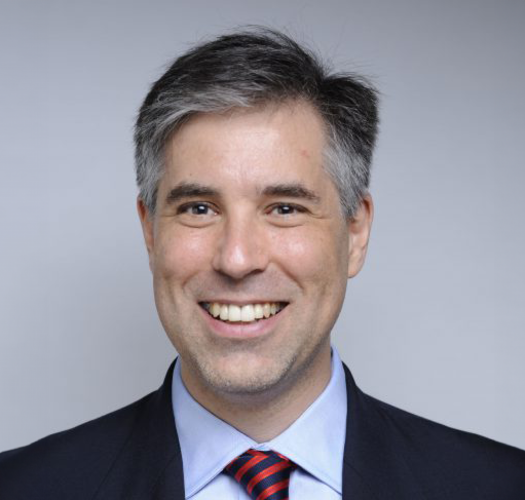

At Kidon IP, we strive to provide our clients with a full range of legal and business monetization services for all stages of intellectual property (IP) development, from acquisition and management to licensing and litigation.
To offer a seamless experience for our clients and ensure compliance with relevant regulations, we offer legal services through the law firm of David L. Cohen, P.C. and business consulting through Kidon IP® Corporation.
Intellectual property (IP) is a vital part of today's economy, accounting for more than 40% of economic growth and employment. Our goal is to help you manage and monetize your IP in a more cost-effective and flexible manner.
Whether you need litigation services to help protect against IP infringement or business consultation on how to improve the growth and management of your assets, our attorney will work with you to help you identify and maximize your business goals.
David Cohen launched his law firm, David L. Cohen, P.C., and his consultancy, Kidon IP, in 2017. His goal is to bring sophisticated legal and IP management services to his clients located in New York and worldwide.
A graduate of Northwestern University Pritzker School of Law, Attorney Cohen is experienced in handling and consulting on cases that cover a variety of IP and business matters, including strategic litigation planning, global project management, global anti-trust, patent monetization, FRAND licensing, patent licensing and negotiation, and patent portfolio acquisition.
Attorney Cohen is a member of the State Bar of New York, the State Bar of New Jersey, the District of Columbia Bar, and is licensed to practice before the United States Patent and Trademark Office (USPTO).
Litigation is already complex, and it only becomes more complicated when it involves multiple jurisdictions. Our firm has considerable experience in global litigation management.
Whether you or your company is the defendant or plaintiff, we aim to work with you to help define your business goals and develop a budget and stage-by-stage plan to help you meet your goals in a cost-effective manner and with the least disruption to your business.
Intellectual property is a central component of today's post-industrial economy. Deriving value from IP requires a nuanced understanding of the laws, business, technology, and politics that play a role in managing and protecting creative innovation.
At David L. Cohen P.C. and Kidon IP, we are experienced in helping our clients with their IP needs, from acquiring and developing new properties to developing strategic growth and asset management plans, licensing IP and protecting it against unauthorized use, and engaging in offensive and defensive litigation.
Whether you're looking for business consulting or legal services as an individual, small business, or large corporation, we're dedicated to helping you protect, monetize, and grow your IP and better position your business for success.
From our office in New York City, located in the Upper West Side, we serve clients throughout the United States and worldwide. We strive to offer the comprehensive services of a large-scale and sophisticated IP and legal department under flexible working arrangements. Contact us today to request a consultation.
